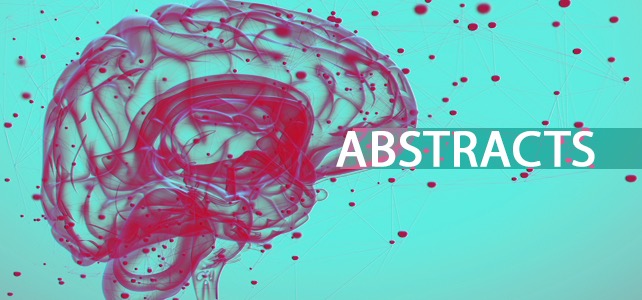Author information
Childs Nerv Syst. 2016 Jul;32(7):1257-63. doi: 10.1007/s00381-016-3064-8. Epub 2016 Mar 21.
Abstract
PURPOSE:
Intracranial arachnoid cysts are cystic malformations found in both adults and children. While many are asymptomatic, some cause symptoms and warrant surgical treatment. In this prospective population-based study, we aimed to study the short- and long-term outcome after surgical intervention in children with arachnoid cysts referred to our centre.
METHODS:
Twenty-seven pediatric patients (13 f. 14 m, mean age 9.4 years) with de novo cysts were consecutively included during a 5-year period. The presenting symptoms were headache (n = 12), balance disturbance and dizziness (n = 6), seizures (n = 6), hydrocephalus (n = 5), and macrocephaly (n = 1). Twenty-two patients underwent surgical treatment with either microsurgical (n = 17) or endoscopic fenestration (n = 5) of the cyst wall. Cyst volume was measured with OsiriX® software pre- and postoperatively. Short-term and long-term follow-up of all patients was conducted 3 months and 8.6 years (7-10.5 years) postoperatively.
RESULTS:
Three months after surgery, 59 % of the patients were improved regarding at least one major complaint, and average cyst volume was reduced to 33.3 ml (0-145 ml). At the long-term follow-up of 8.6 years, 77 % of the patients were improved regarding at least one symptom but subjective symptoms remained in 59 %. There was no permanent postoperative morbidity. We found no association between radiological reduction of cyst volume and clinical improvement.
CONCLUSION:
Our findings support a restrictive attitude to surgery for intracranial arachnoid cysts, in the absence of objectively verified symptoms and signs or obstruction of CSF pathways.
KEYWORDS:
Arachnoid cysts; Cyst volume; Long-term outcome; Radiological versus clinical improvement

